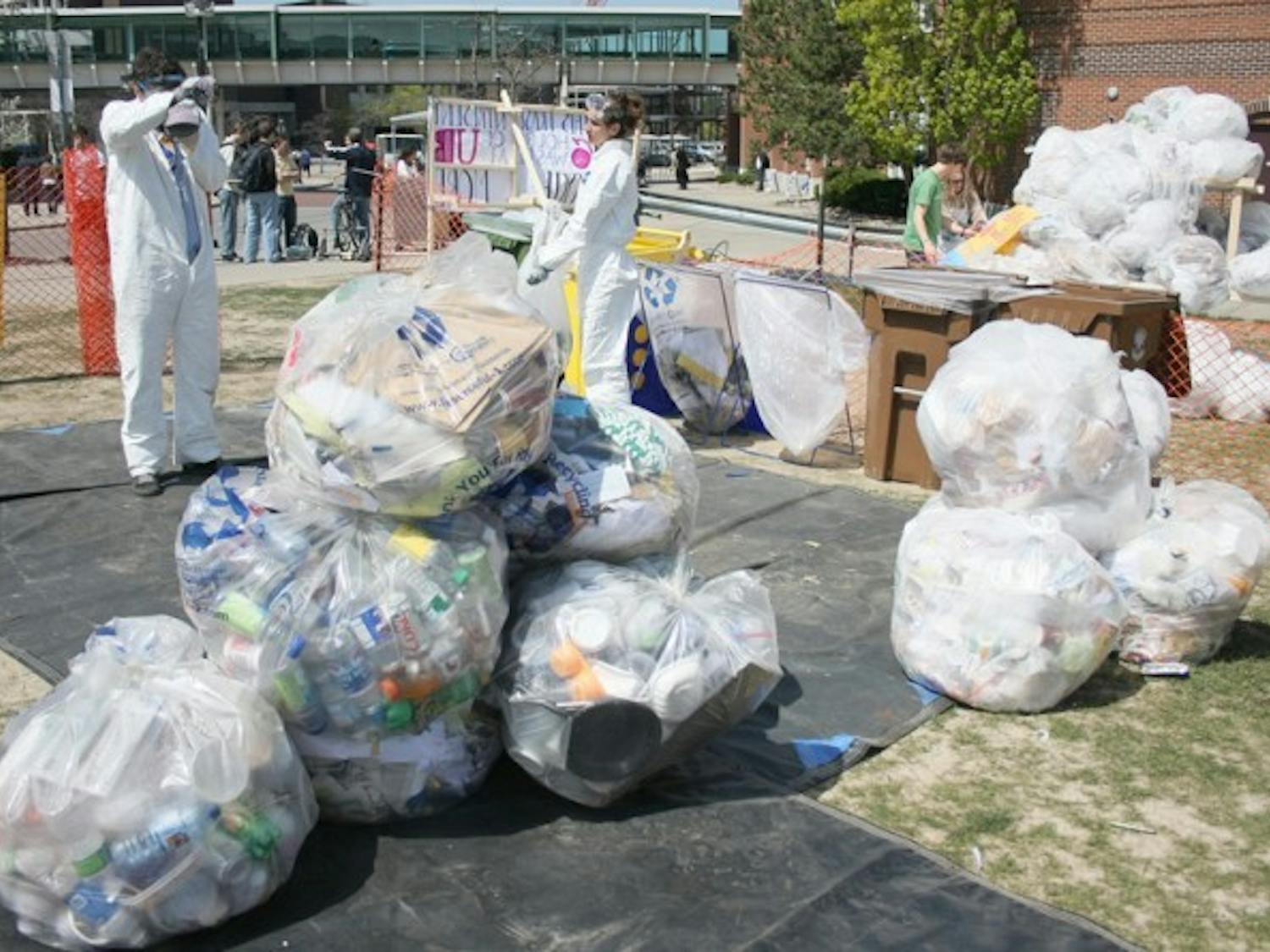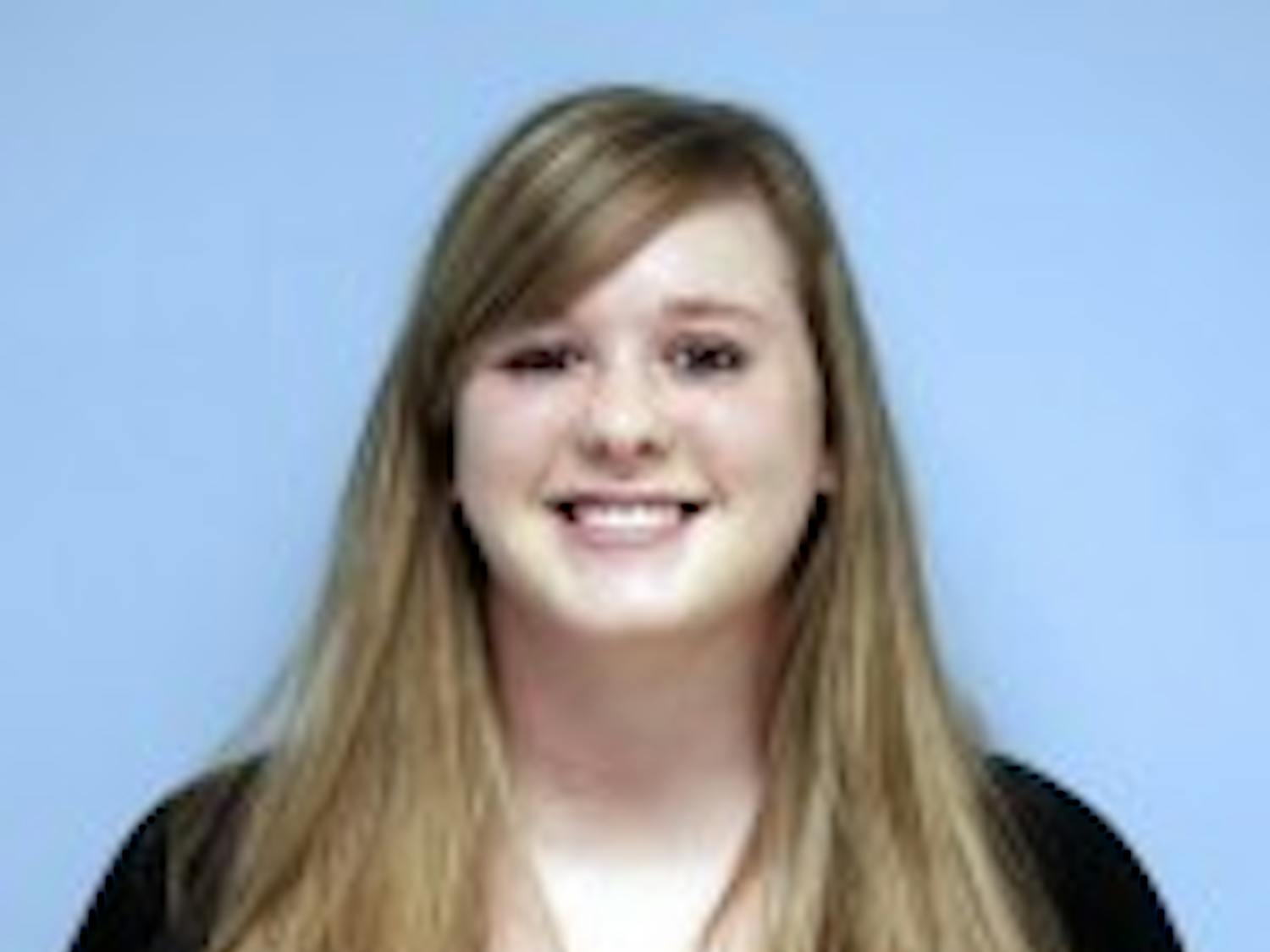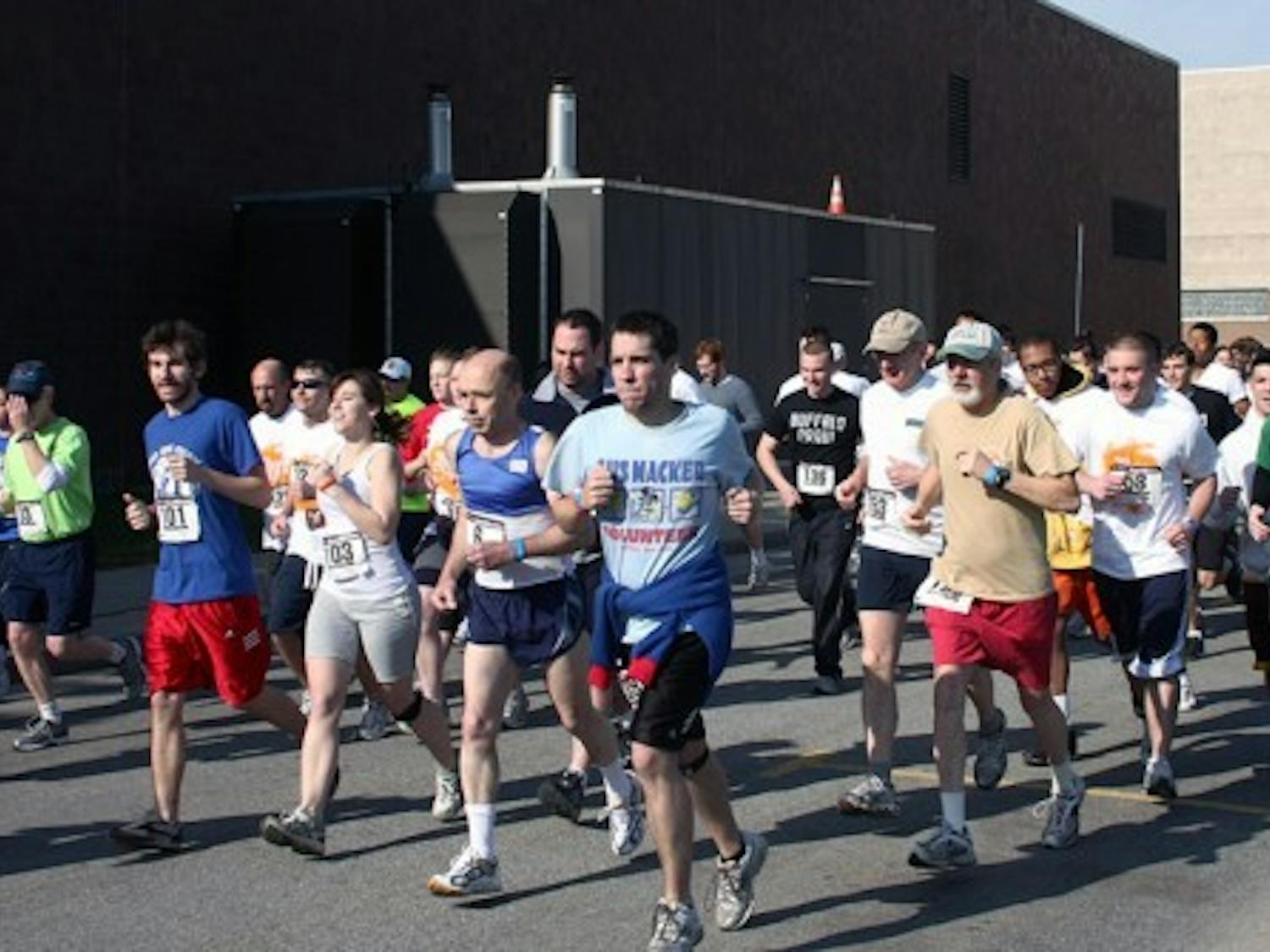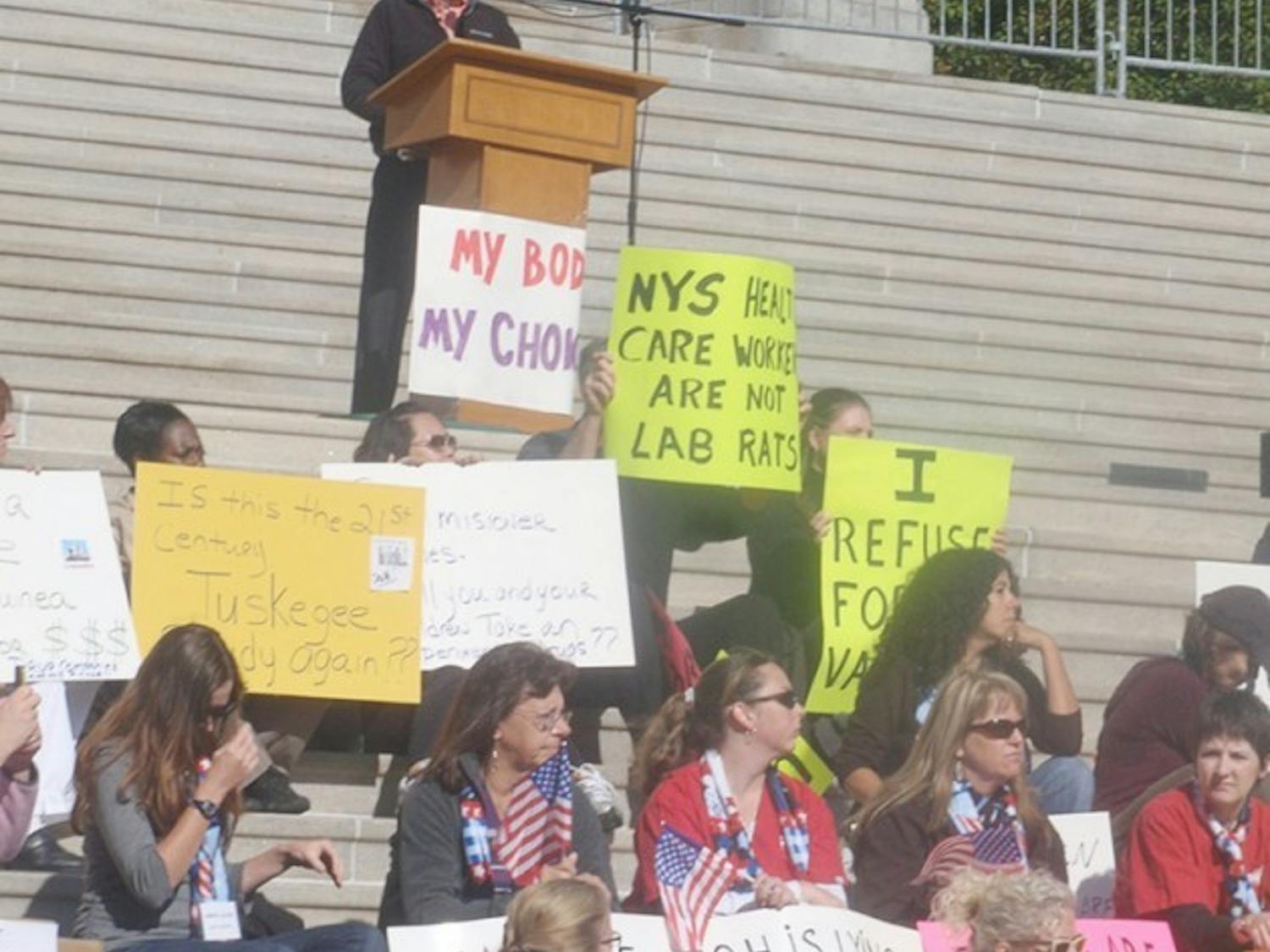Reflection
By Rachel Lamb | Apr. 27, 2010My time at the University at Buffalo has been bittersweet. I've loved, hated, lost, gained, been elated, been depressed and have been every other conflicting pair of words that I can think of. In my junior year, I retreated back to the Badlands, hoping to finish my college career a little closer to home. However, about two months after returning to the mundane existence where I grew up, I decided to answer UB's sweet calls, and I returned. I refer to this period of my life as "The Golden Years." There were only two of them. After I returned to UB, I reconnected with my old friends and found new ones. I lived with new people and was introduced to new situations. I started writing for The Spectrum. I "found myself," if you will. Isn't that what college is about? The time where you can literally make a mess of your entire life, and then fix it and call it a coming-of-age experience? If that's the case, I have totally rocked college, because my life is more often than not a huge, hot mess. However, I really do think that I have found who I am because I have found that order eventually comes out of chaos. For example, I transferred home to go to nursing school (I'll hold for laughs). When I came to the shocking realization that I didn't want that career, my 20-year-old naïve heart thought my world was over. Instead, I took the semester off, got my act together, and came back to UB with an open mind. Instead of being the girl I thought my parents wanted me to be, I tried to live out my own dreams. An avid reader for my entire life, I figured that I might as well pick English as my major. I thought to myself that I might as well get a degree in something I'm good at. Last spring, I started writing for The Spectrum because I needed an English class. Before I knew it, I was offered a spot on the editorial staff and now I cannot remember my life at UB without it. The most important thing that I've learned during my time here is not to try to plan your life, because it's the tiny incidents that totally turn your world upside-down. One example is a tale from freshman year. I was a lost, scared and sad little girl from 400 miles away who was desperate for friends. After a few weeks of hanging out with people who I didn't even like and drinking more alcohol than it was natural to consume, I asked a random girl in Sociology 101 for class notes that I had missed the week before. And the rest is history. Hi, Gill! My best friends at The Spectrum – Adrian, Dad, Shane, Ranlamb, Squid, Jamo, James, Chris, Jake and Steve – I'll miss you terribly. I owe all of my good (and bad) times to you. Also, to the rest of the staff, I have loved working with you and I couldn't have asked for a more diverse and quirky group of people to be around. I have no idea what is to come. And no matter how hard I try to fight it, I know that I can't change what is happening. I can pout, make sarcastic jokes and sulk beneath my emo hair, but I know that there isn't anything I can do to keep this phase of my life going. It hurts, but I'm beginning to accept that even though my time at UB is over, my memories and friendships are not, and the rest of my life is just beginning. After all, it's called "commencement" for a reason (I'll attribute that quote when you cut your hair). There are a lot of things that I'm going to miss and there are a lot of things that I'm looking forward to. But I think the main point is not to dwell on what could have been or what might be; I'm just going to let my life take me where it wants to go, no matter how messy it may be. E-mail: rachel.lamb@ubspectrum.com









